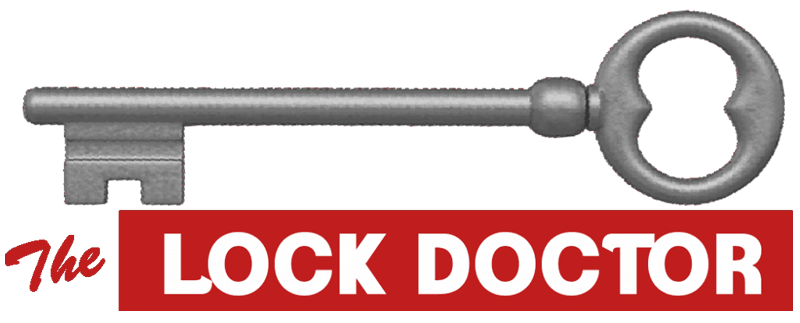FAQs
Most people are familiar with panic hardware under the acronym EED, which stands for Emergency Exit Device. It is a safety feature that allows the automatic opening of a door in case of fire or other emergencies.
For businesses, the biggest incentive for installing panic hardware is because it is a requirement in order for a commercial property to be code compliant. And building codes are not without their reason – panic hardware will save lives in the event of a fire or other emergencies. This will also protect you from any liabilities that can arise from noncompliance with building codes, as well as lawsuits from the state and the families of any individual that will fall victim to a fire in your building.
The price of a specific panic hardware will vary depending upon brand, make, and model. There are several types of panic hardware, but as expected of most commercial products, the standard ones will be cheaper than premium brands, but they come at the cost of quality and features. If you’re looking for something affordable, it’s just a matter of choosing one that’s in the middle, which isn’t as expensive as premium brands, but has better quality than the budget brand.
You don’t need to replace your existing lock. Panic Hardware works with many different types locks, including deadbolters, mortise locks, cylinders, and even keyed entry locks. Always consult with your local professional installers before making any changes to the home.
Yes, you can install panic hardware as part of a DIY project, but it is not advisable to do so. It is always better to hire a licensed professional who knows how to install them properly.
